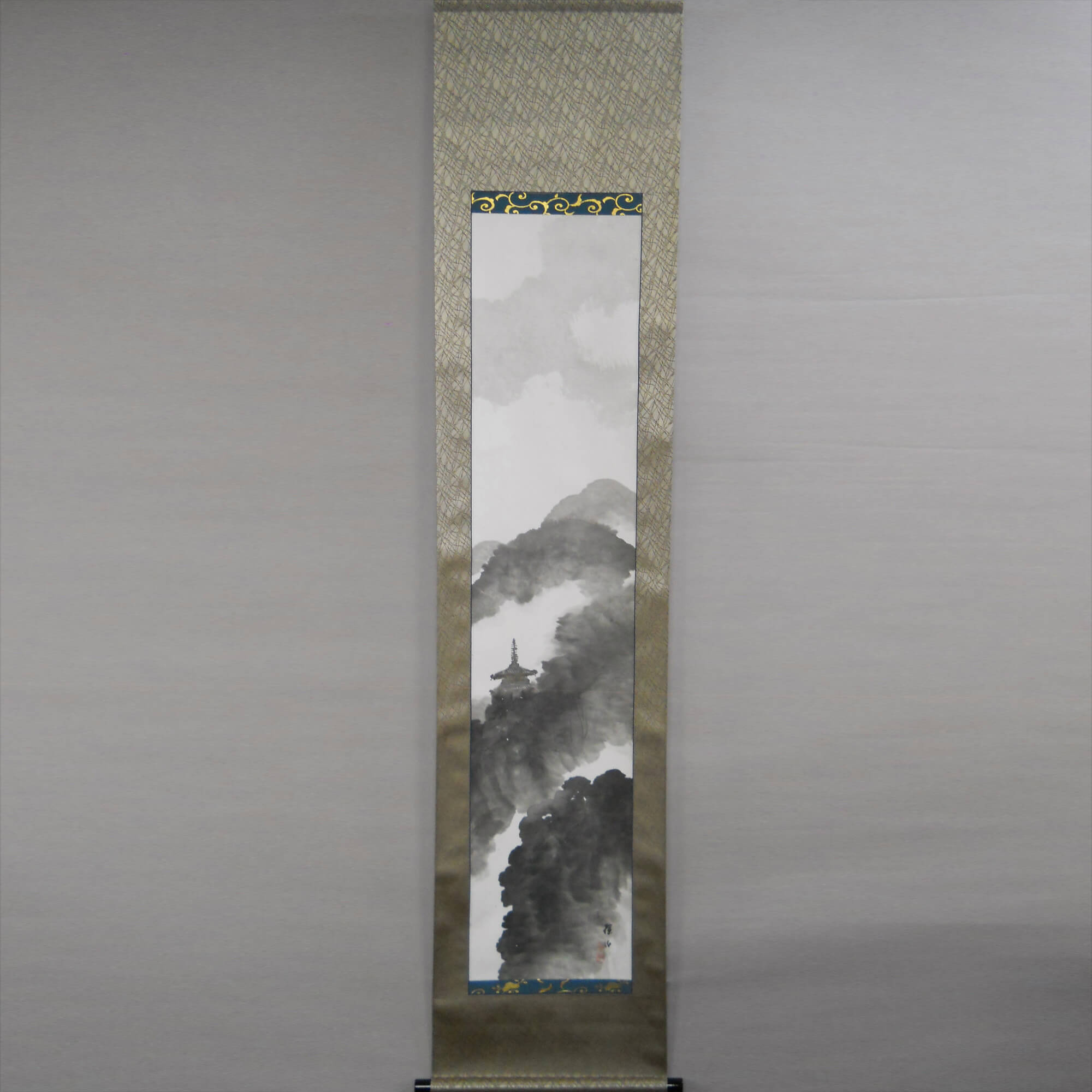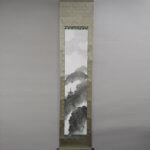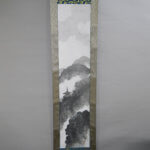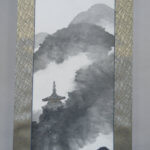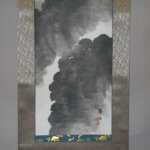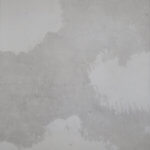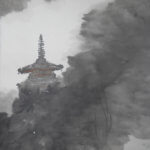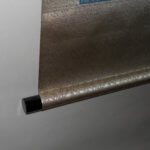Products Lineup
News / Blog
Other Menus
Kakejiku Hanging Scroll: Landscape Painting: Mounting Temple in the Rain / Hirai Baisen - Sanji Ujō
- Product ID
- 0221
- Name
- Hirai Baisen
- Profile
Hirai Baisen (平井楳仙, 1889-1969) was a Japanese-style painter. He was born in Kyoto pref. He studied painting techniques under Takeuchi Seihō. His specialty was figure paintings, flowers & birds paintings, and landscape paintings.
- Size
- 480mm x 1920mm
- Roller End Material
Wood coated with black "urushi" (lacquer)- Material of the Work
- Japanese paper
- Price
- JPY 180,000
- Stock Condition
- In stock
- Payment: Click the Paypal Mark
- Duty and Taxes
Import duty and taxes are beyond our control and may apply to your shipment. Please noted that these fees are the responsibility of the buyer.
- Description
Since old times, many Japanese-style painters have challenged the expression of rain. In the world of Ukiyo-e, Utagawa Hiroshige expressed rain by drawing many straight lines from top to bottom in many artworks in “The Fifty-three Stations of the Tōkaidō” series. Yokoyama Taikan and Kawai Gyokudō, who are said to be masters of modern Japanese painting, tried to make appreciators imagine rain by the shade of sumi ink.
In this artwork, which was drawn by Hirai Baisen, he increased the amount of water in sumi ink and shaded off the colors while drawing mountains, trees, temples, and other things. Besides, in the upper side, he expressed a cloudy sky by using light sumi ink. Those expressions make appreciators feel that this artwork expresses landscape in the rain. Shijō-ha, the school of art he learned, emphasizes expressing poetic sentiment in the screen while placing importance on sketching. Baisen may be moved by a temple quietly standing in the mountains in the rain, and he may express that impression in this work.

